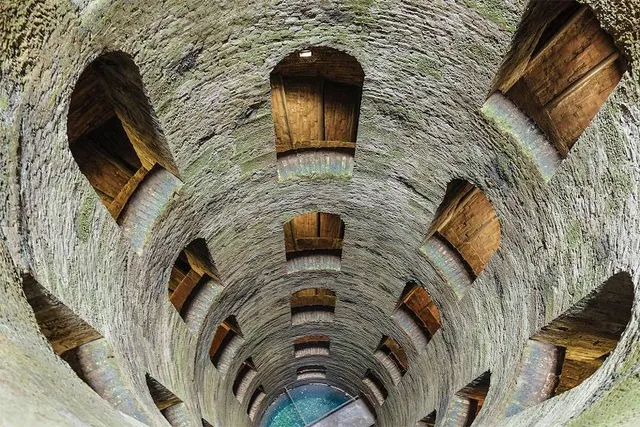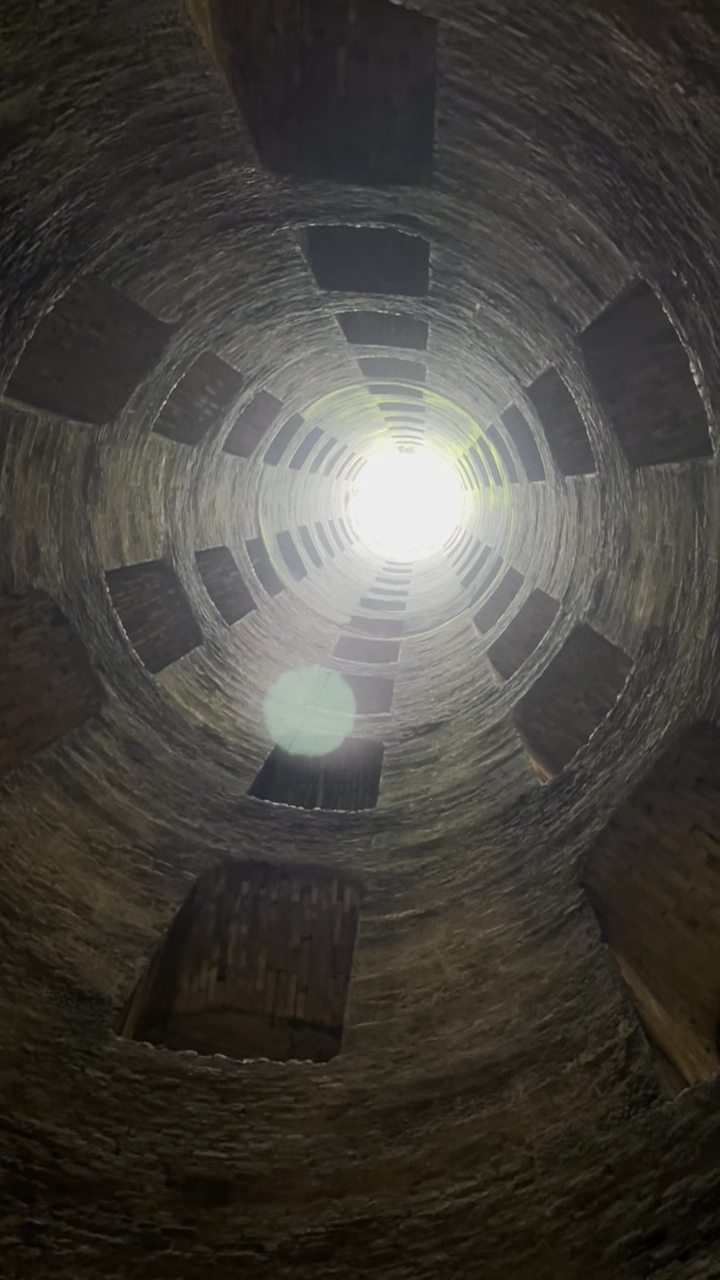Well of St. Patrick things to do, attractions, restaurants, events info and trip planning
Basic Info
Well of St. Patrick
Piazza Cahen, 5B, 05018 Orvieto TR, Italy
4.6(8.1K)
Open 24 hours
Save
spot
spot
Ratings & Description
Info
The Pozzo di San Patrizio is a historic well in Orvieto, Umbria, central Italy. It was built by the architect-engineer Antonio da Sangallo the Younger of Florence, between 1527 and 1537, at the behest ...
Cultural
Outdoor
Accessibility
attractions: Rocca Albornoziana, Orvieto, Ruins of Etrurian Temple of Belvedere, Giardini Comunali Di Orvieto, Orvieto CARTA UNICA - CITYPASS, Duomo di Orvieto, Church of Saint Dominic, Orvieto Underground, Palazzo Del Capitano Del Popolo, Torre del Moro, Museo Archeologico Nazionale di Orvieto, restaurants: Antica Fiaschetteria Orvietana, Ristorante Peng Cheng, Osteria del Grillo, La Palma, La Buca di Bacco di Edy, Folk Osteria, Antica Cantina, Ristoria dei Monaldeschi, Ristorante Antica Rupe, Ristorante Al Corsica Orvieto
 Learn more insights from Wanderboat AI.
Learn more insights from Wanderboat AI.Phone
+39 0763 343768
Website
liveorvieto.com
Plan your stay

Pet-friendly Hotels in Orvieto
Find a cozy hotel nearby and make it a full experience.

Affordable Hotels in Orvieto
Find a cozy hotel nearby and make it a full experience.

The Coolest Hotels You Haven't Heard Of (Yet)
Find a cozy hotel nearby and make it a full experience.

Trending Stays Worth the Hype in Orvieto
Find a cozy hotel nearby and make it a full experience.
Reviews
Nearby attractions of Well of St. Patrick
Rocca Albornoziana, Orvieto
Ruins of Etrurian Temple of Belvedere
Giardini Comunali Di Orvieto
Orvieto CARTA UNICA - CITYPASS
Duomo di Orvieto
Church of Saint Dominic
Orvieto Underground
Palazzo Del Capitano Del Popolo
Torre del Moro
Museo Archeologico Nazionale di Orvieto
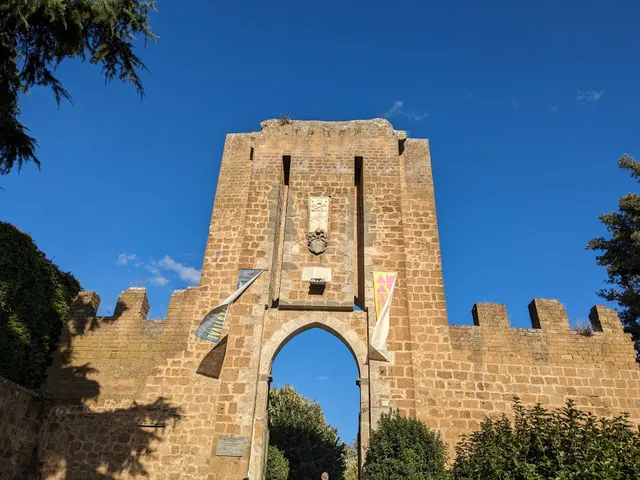
Rocca Albornoziana, Orvieto
4.4
(213)
Open 24 hours
Click for details
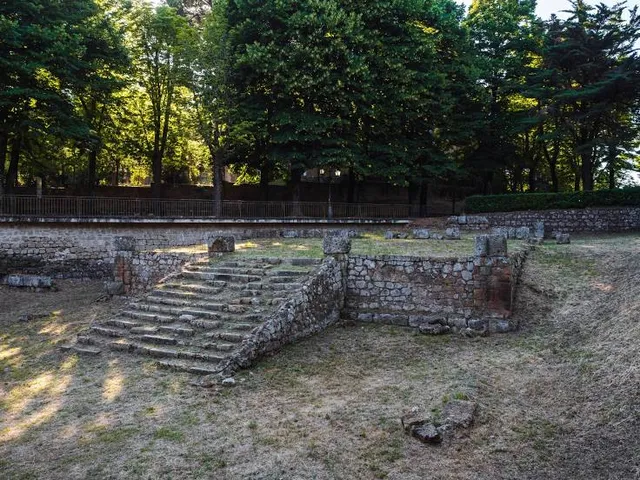
Ruins of Etrurian Temple of Belvedere
3.6
(32)
Open 24 hours
Click for details
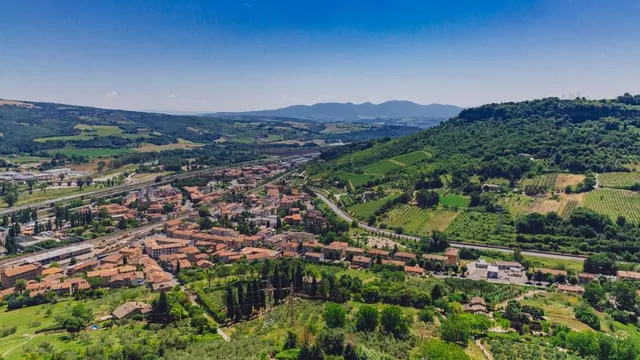
Giardini Comunali Di Orvieto
4.4
(58)
Open 24 hours
Click for details
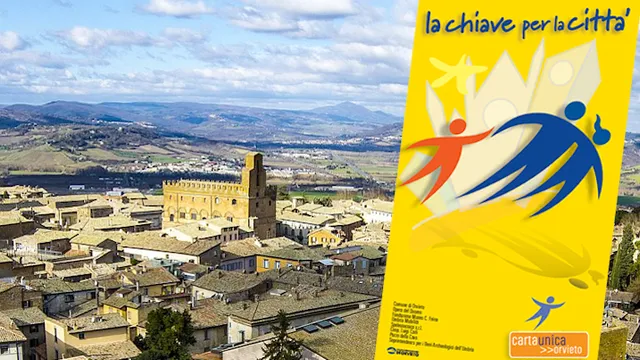
Orvieto CARTA UNICA - CITYPASS
4.4
(11)
Open 24 hours
Click for details
Things to do nearby

Cook & Eat fresh pasta in an umbrian country house
Sun, Dec 28 • 10:00 AM
05020, Palombara-Palazzo, Umbria, Italy
View details
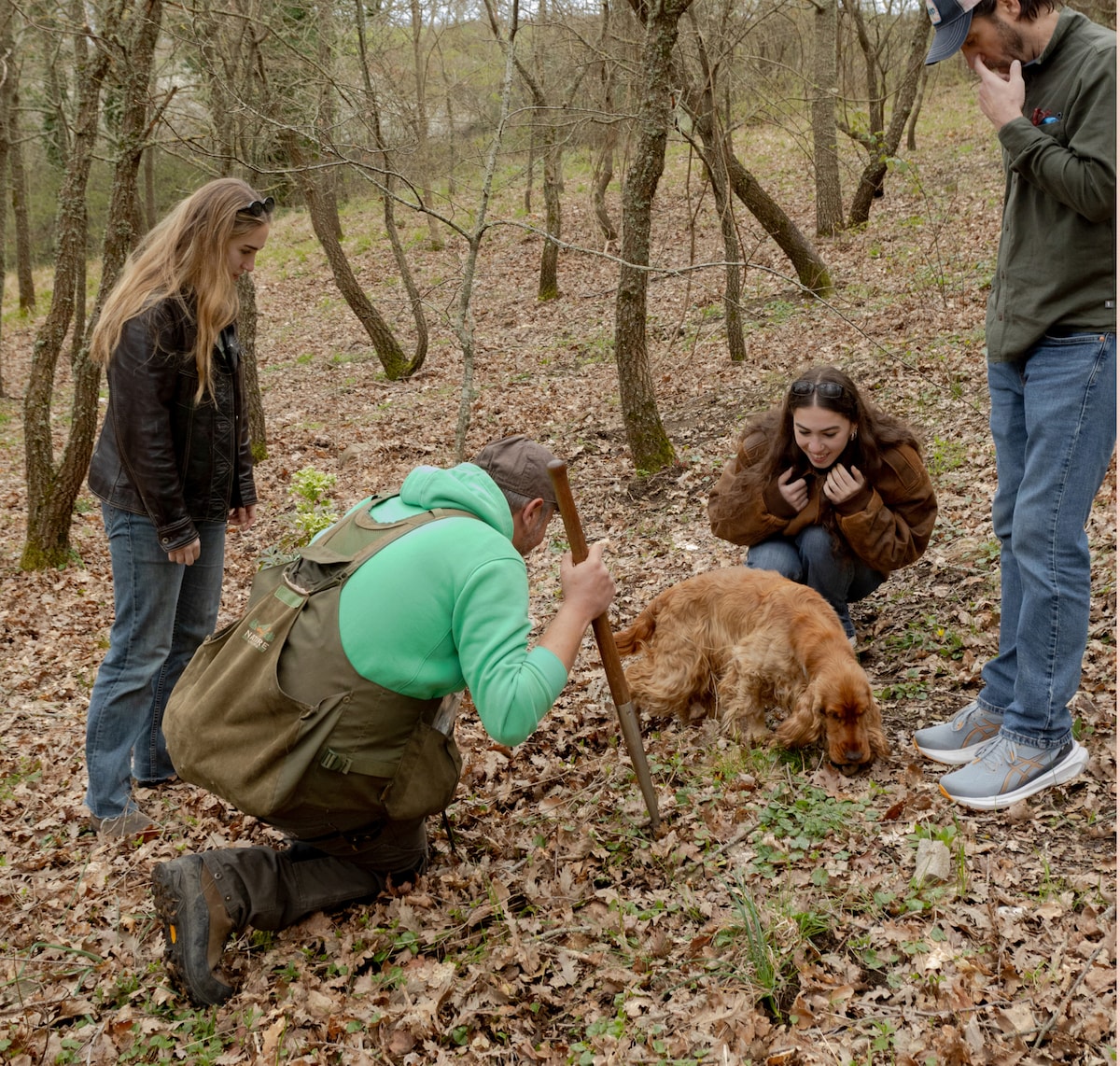
Discovering truffles in the Tuscany countryside
Mon, Dec 29 • 10:00 AM
58010, Sorano, Toscana, Italy
View details

Prepare a five-course meal
Sun, Dec 28 • 4:00 PM
53040, San Casciano dei Bagni, Toscana, Italy
View details
Nearby restaurants of Well of St. Patrick
Antica Fiaschetteria Orvietana
Ristorante Peng Cheng
Osteria del Grillo
La Palma
La Buca di Bacco di Edy
Folk Osteria
Antica Cantina
Ristoria dei Monaldeschi
Ristorante Antica Rupe
Ristorante Al Corsica Orvieto
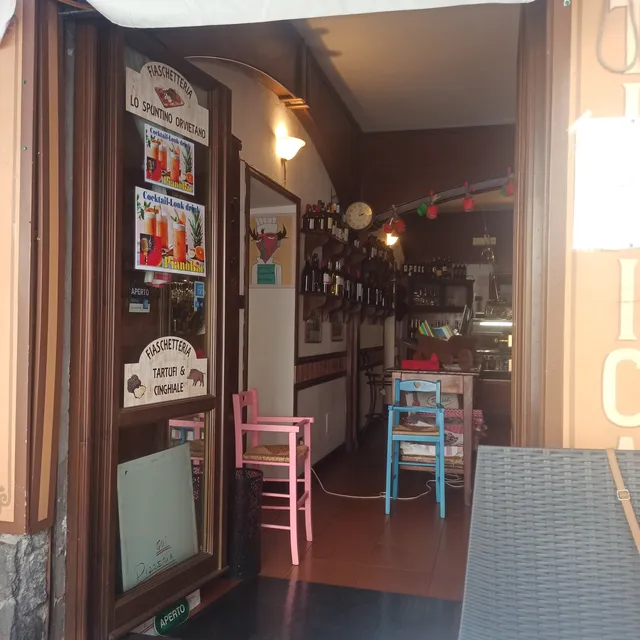
Antica Fiaschetteria Orvietana
4.0
(182)
Click for details

Ristorante Peng Cheng
4.2
(83)
Click for details
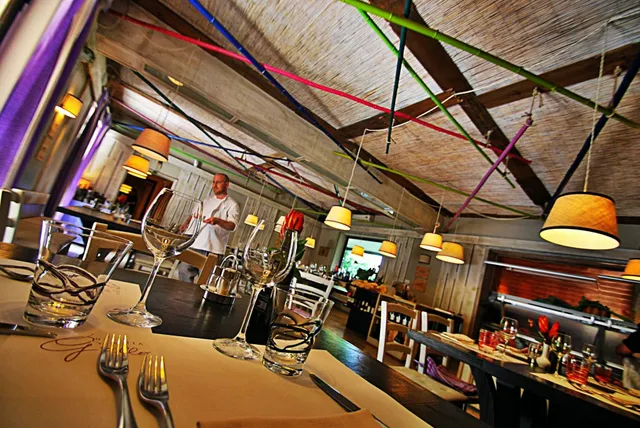
Osteria del Grillo
4.6
(571)
Click for details
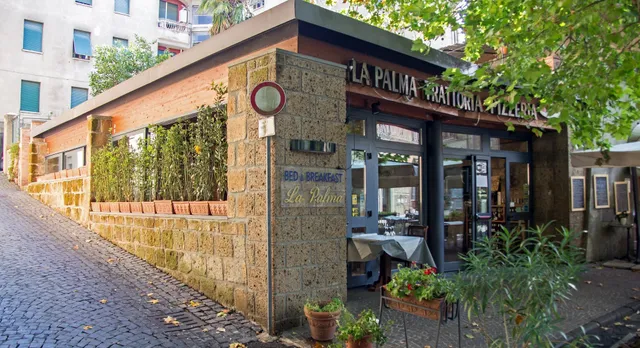
La Palma
3.7
(72)
$$
Click for details
